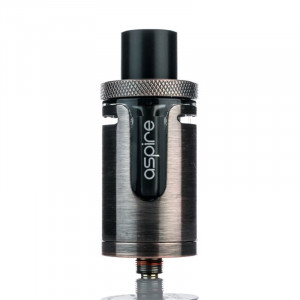 Many things depend on the proportions of cheap premium vape juice – the amount of steam, softness of taste and satisfaction. Initially, there were distinguished three main types of proportions:
Many things depend on the proportions of cheap premium vape juice – the amount of steam, softness of taste and satisfaction. Initially, there were distinguished three main types of proportions:
· Traditional – 55/35/15 (PG / VG / Water). Such a base was made especially for the clearomizers and vacuum Top tanks for vaping, since they had small holes through which only a liquid could freely pass.
• Ice Blade – 95/5 (PG / Water). Especially for fans of TH (throat-hit). Very little steam.
• Velvet Cloud – 80/20 (VG / Water). Practically there is no TH, a huge amount of steam, but at the same time a high content of glycerin and the absence of propylene glycol strongly dull the taste. This proportion is created for serviced atomizers (RDA).
· The most popular proportions of today:
• For RDA – high content of glycerin (70-80%) and low content of propylene glycol (20-30%). There are usually added from 10 to 20% of flavors into such liquids, because a high content of glycerin “dulls the taste.” Due to glycerin, the liquid is viscous, and on small evaporators, for example, on Joyetech Ego One.
• For tanks (RTA) – 50/50 (PG / VG). A balanced mix gives an optimal amount of steam, a mild TH and a pleasant taste.
On one hand, glycerin gives a lot of steam and makes it soft, but it greatly dulls the taste. It is also more viscous than propylene glycol. On the other hand, propylene glycol makes e-liquid flavors bright, gives the “throat” effect, but does not give as much steam. Each of the listed mixtures is suitable for different devices, to different people.
If you set out to quit smoking, you do not care how much steam you blow, and you do not like a hookah, and then boldly take e-liquid brands with a high content of propylene glycol. At the moment liquids for e-cigarettes by Joyetech and Red smokers are as close as possible to the proportions of Traditional in the offered range. Such e-liquid ingredients are suitable for vaping using tanks, and on absolutely on any of them even on cheap clearomizers, since the liquid is not viscous, and it just gets through the tank to the evaporation chamber.
